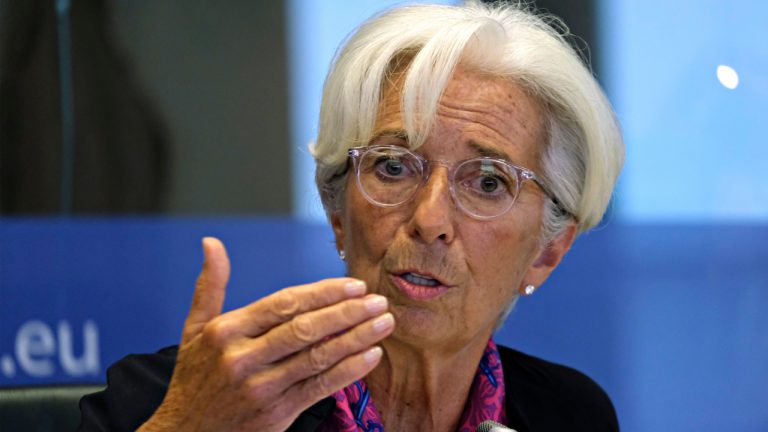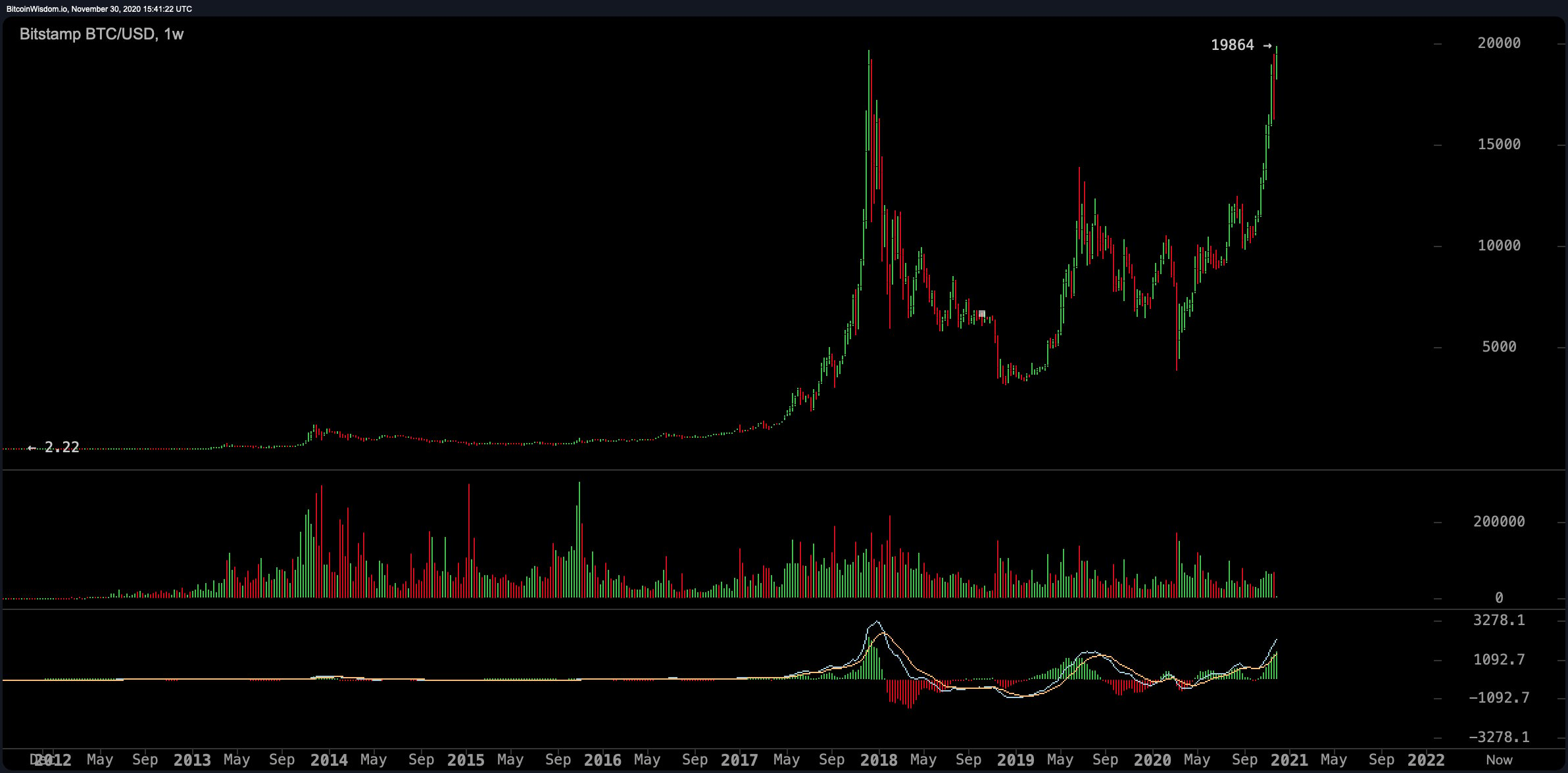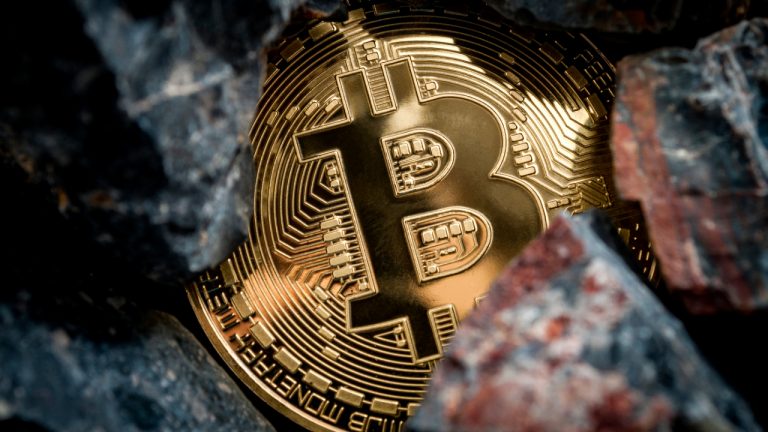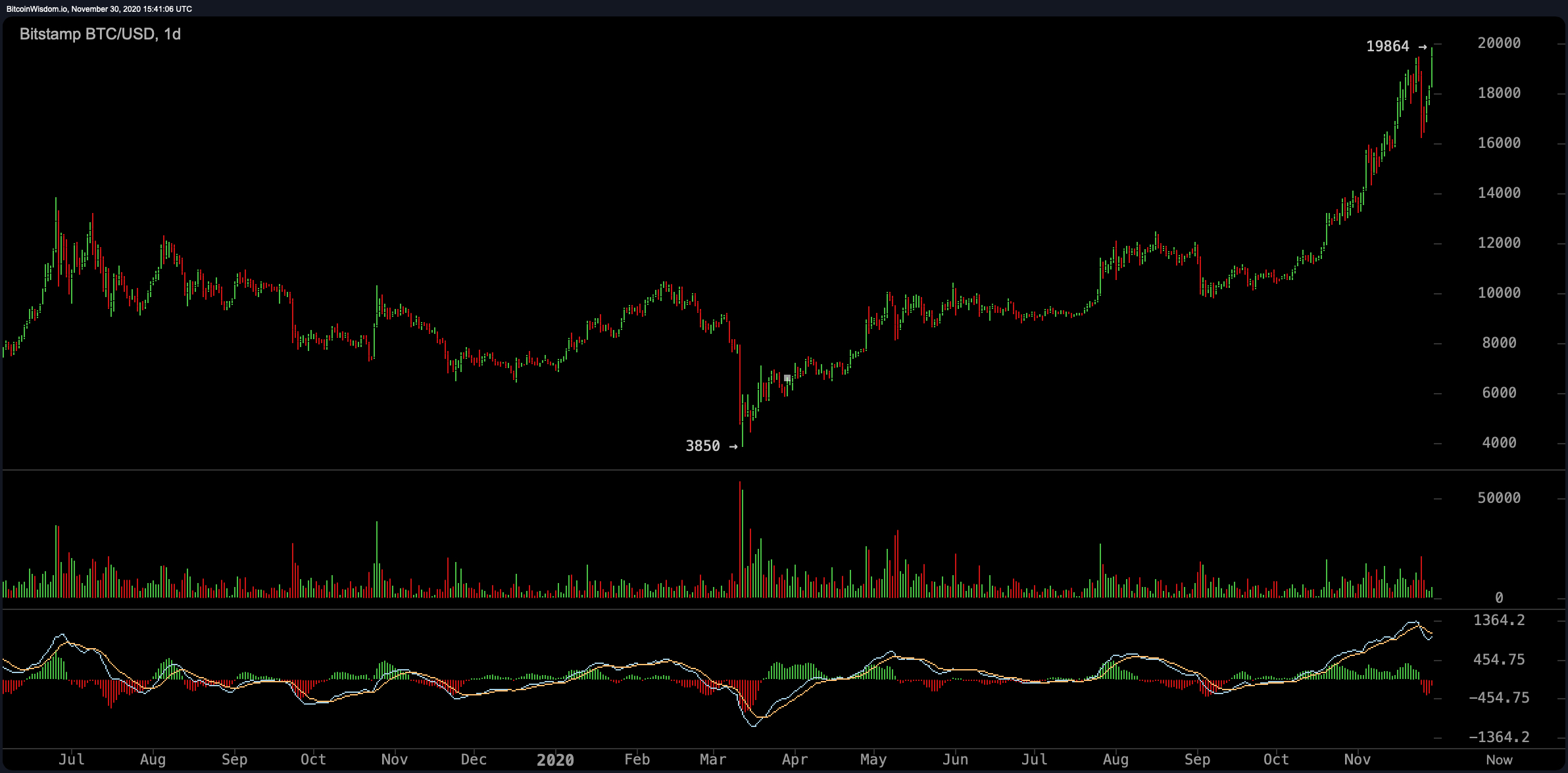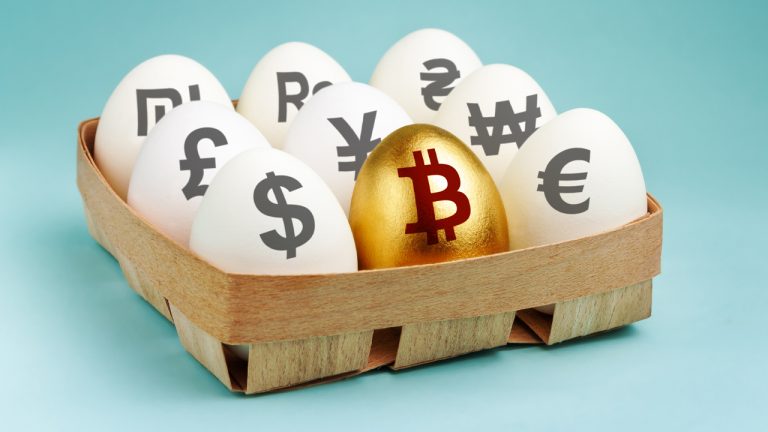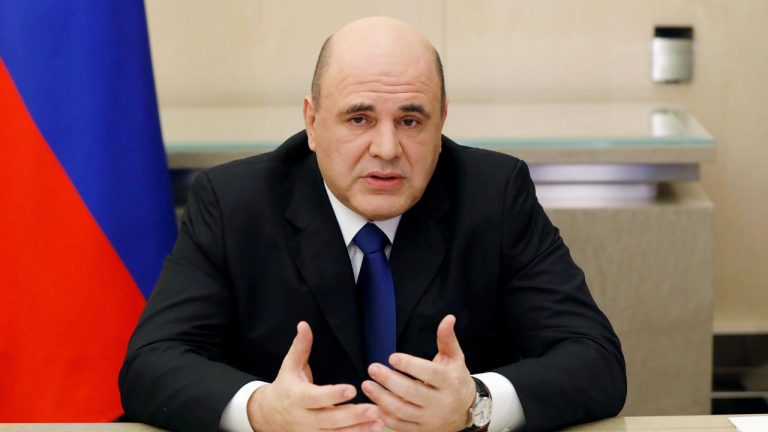
The Great Reset agenda is trending once again on social media, numerous news outlets, and a variety of online forums. During the last few months, the Great Reset proposal has been pushed worldwide, as it allegedly seeks to create a sustainable economy following the coronavirus pandemic. Meanwhile, a great number of people are skeptical of the reboot proposal, as detractors believe the Great Reset is an assault against capitalism and basic financial liberties.
Skeptics Are Speaking Out Against the Great Reset
A myriad of individuals and news organizations have been discussing the Great Reset, a proposal that was first introduced by the World Economic Forum (WEF) and the and WEF director Klaus Schwab. News.Bitcoin.com has published a few editorials about the subject and some of the events that are seemingly pushing the Great Reset closer toward reality. Moreover, our newsdesk also looked at the pushback against the reset movement and why people believe the proposal is a steadfast plan to usher in a new world order.
The topic is still trending heavily on social media and forums as a great number of skeptics are wary of the reboot concept. It is being said that the Covid-19 pandemic and subsequent lockdowns are all part of the reset plan to keep the populace “submissive.” Great Reset detractors also believe that the proposal is an attack on free-market enterprise, and it is also leveraging climate change fear to push the agenda.
For instance, Breitbart columnist James Delingpole tweeted about the Great Reset after the former Prime Minister of the United Kingdom, Boris Johnson talked about carbon emissions in Colombia. Delingpole said:
You absolutely disgusting imbecile. We want our jobs, our businesses, our economy back – not your Great Reset.
Delingpole is not the only columnist speaking out against the Great Reset agenda. Cindy Simpson from the publication, American Thinker, has also been tweeting about the subject with skepticism. After New Mexico’s government shut down groceries stores for two weeks, Simpson said: “Step by step, weeks to months, the lockdowns are teaching citizens that they’re really just subjects, totally dependent on the state–the perfect, submissive new normal condition to enable the Great Reset.”
Meanwhile across Europe, Britain, Canada, the United States, and many other nations Covid-19 lockdowns are ramping up again. U.S. President-elect Joe Biden has been telling the press that he will mandate masks nationwide and his advisor says he plans to enact a six-week Covid-19 lockdown.
After the This Year’s Craziness, Anyone Speaking Up Is Now Considered a Conspiracy Theorist
Podcaster Aubrey Huff told his 239,000 Twitter followers that the ultimate plan is to forcefully usher in socialism. “The plan with this overblown virus [and] tyrannical lockdowns has always been to make small businesses, [and] middle-class families broke, [and] desperate,” Huff tweeted. “Why? So that they will have no choice but to accept socialism.” In response to Huff’s Twitter statement, many of his followers discussed the Great Reset.
Basically, the Great Reset consists of a threefold effort that starts with a “stakeholder economy,” which aims to circumvent economic inequality. The second component is making sure all investments created in this new economy bolster sustainability and equality. Lastly, the third part of the agenda consists of strengthening the Fourth Industrial Revolution. WEF director Klaus Schwab gives insight into this concept by stating:
The third and final priority of a Great Reset agenda is to harness the innovations of the Fourth Industrial Revolution to support the public good, especially by addressing health and social challenges. During the COVID-19 crisis, companies, universities, and others have joined forces to develop diagnostics, therapeutics, and possible vaccines; establish testing centers; create mechanisms for tracing infections; and deliver telemedicine. Imagine what could be possible if similar concerted efforts were made in every sector.
Of course, anyone who complains that the Great Reset is an assault against the free market and civil liberties is called a “conspiracy theorist.” For instance, the Wikipedia page that is dedicated to the Great Reset proposal discusses the controversy and immediately calls the theories unfounded.
“[The Great Reset] has been criticized for using the pandemic to implement a risky experiment and a petition to stop it gained 80,000 signatures in less than 72 hours,” the Wikipedia article says. “A baseless conspiracy theory has spread in response, claiming it will be used to bring in socialist and environmental changes and a supposed new world order,” the Wikipedia editor adds.
‘Society Is Being Organized by and for Principal Interest Groups Called Stakeholders’
Despite the deflection, many journalists are discussing the theory more regulary and noting that the skeptic’s conspiracies might be legitimate. For instance, on November 27, the National Review columnist Andrew Stuttaford wrote an editorial about the subject and called it: “The Great Reset: If Only It Were Just a Conspiracy.”
Stuttaford says that the Great Reset is merely just calling corporatism another name. The author details a great number of corporate partners who are backing the Great Reset proposal such as firms like Deloitte, Apple, Microsoft, Ericsson, Lockheed Martin, IKEA, Facebook, and IBM. Moreover, Stuttaford authored a previous article that describes what corporatism is and how it dodges individualism for the collective.
“[Corporatism is a] hydra-headed ideology with origins in the premodern, and a very mixed past — sometimes benignly (it influenced the formation of West Germany’s social market economy) and sometimes not (it was an important element in pre-war fascist theory),” Stuttaford explains. “The different forms corporatism has taken make it tricky to define with precision, but they share a common core: the conviction that society should be organized by and for its principal interest groups — let’s call them “stakeholders” — intermediated by, and ultimately subordinate to, the state. The individual does not get a look in,” the National Review contributor added.
Stuttaford’s column concludes by saying that society has been hearing about this vision for a long time using many variants. Fringes like climate change, stakeholder capitalism, and definancialization have taken the center stage worldwide, “and not only in front of the Davos crowd,” Stuttaford insists.
Technologies Like Encryption and Bitcoin Can Fundamentally Alter the Nature of Corporate and Government Interference
Numerous free-market advocates including cryptocurrency proponents believe the Great Reset is an immoral concept and technologies like bitcoin are meant to defend people’s wealth from definancialization. For years now sound economists, libertarians, and free-thinking individuals have warned the masses about the globalist elite pulling dirty tricks.
The original cypherpunks knew, that while the internet was and still is being leveraged for mass surveillance, the world wide web and certain technologies like encryption and digital cash could help bolster privacy and financial liberties. Back in 1988, the software engineer Timothy C. May discussed how technology will help stop totalitarian nation-states and corporate entities from interfering with the sovereign individual. May said:
Just as the technology of printing altered and reduced the power of medieval guilds and the social power structure, so too will cryptologic methods fundamentally alter the nature of corporations and of government interference in economic transactions.
While globalists push their unwanted agendas, in time privacy advocates and crypto-anarchists will create a liquid market for all material, May insisted. “And just as a seemingly minor invention like barbed wire made possible the fencing-off of vast ranches and farms, thus altering forever the concepts of land and property rights in the frontier West,” May stressed. “So too will the seemingly minor discovery out of an arcane branch of mathematics come to be the wire clippers which dismantle the barbed wire around intellectual property.”
What do you think about the theories surrounding the Great Reset proposal and the skeptics who are against it? Let us know what you think about this subject in the comments section below.
The post Fighting Definancialization: Cryptologic Methods Like Bitcoin Could Protect Wealth From the Great Reset appeared first on Bitcoin News.
via
Jamie Redman


